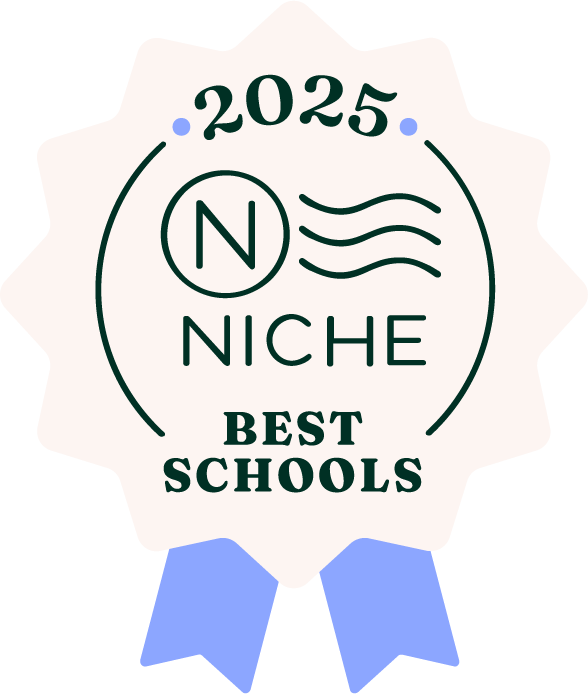"An Education for Life," has become a marketing catchphrase in education. What was first coined by Dr. Maria Montessori and unique to her research-based approach, is now overused to the point of meaninglessness. But rather than give up on Dr. Montessori's philosophy, let's explore it's origin and provide the context needed to rescue this phrase from educational pop culture.
In 1949, Dr. Montessori wrote "The Absorbent Mind" based on her decades of childhood research. She writes of her pedagogical theory: "This is education, understood as a help to life.” Dr. Maria Montessori applied a scientific technique to the observation of natural development in students and concluded there are a number of important concepts concerning childhood growth and development:
- Optimum growth is affected by the environment. Dr. Montessori observed that growth can be enhanced by the environment in which the child grows.
- Growth occurs in spurts. Dr. Montessori observed that growth occurs in stages which have peaks and valleys. She called these stages “planes of development.”
- Childhood has distinct characteristics. Dr. Montessori observed that children are not “little adults.” The process of growth during childhood is unique and like no other time during the human lifespan.
- Intelligence increases with experience. Dr. Montessori observed that intelligence grows with experience, and the key to developing the intellect is to promote the constructive activity of the child.
- Each child has a unique potential. Dr. Montessori observed that the child did not come as a clean slate and then
became a product of his cultural experiences. She believed that the child has innate tendencies to become human with a
vast potentiality that was largely wasted in conventional education. - Education is needed to serve the child and not just the needs of society. Dr. Montessori observed that education must place its greatest energies towards serving the child for the betterment of society and the evolution of humankind as a species.
- Children love to learn. Given an optimal environment with adults educated about the true needs of the developing
child, Dr. Montessori observed that children pursued knowledge with vigor and enthusiasm. The classic method of
rewards and punishment are obstacles to the child’s healthy growth and interest in learning. The structure of the Montessori method provides freedom within limits which enhances the learning experience for the child and builds within him an intrinsic motivation to succeed. - Education for development. The Montessori method structures education to meet the developmental needs of the
growing child without preconceived curricula or a directive approach. This she called an education for life.
An Education for Life. When you hear this phrase in our hallways, know it's not some quip or expression resulting from a focus group. It is tenet of the Montessori method highlighting the dual role of education: to meet the child where she is in her developmental growth and to prepare the child for that which lies ahead.


